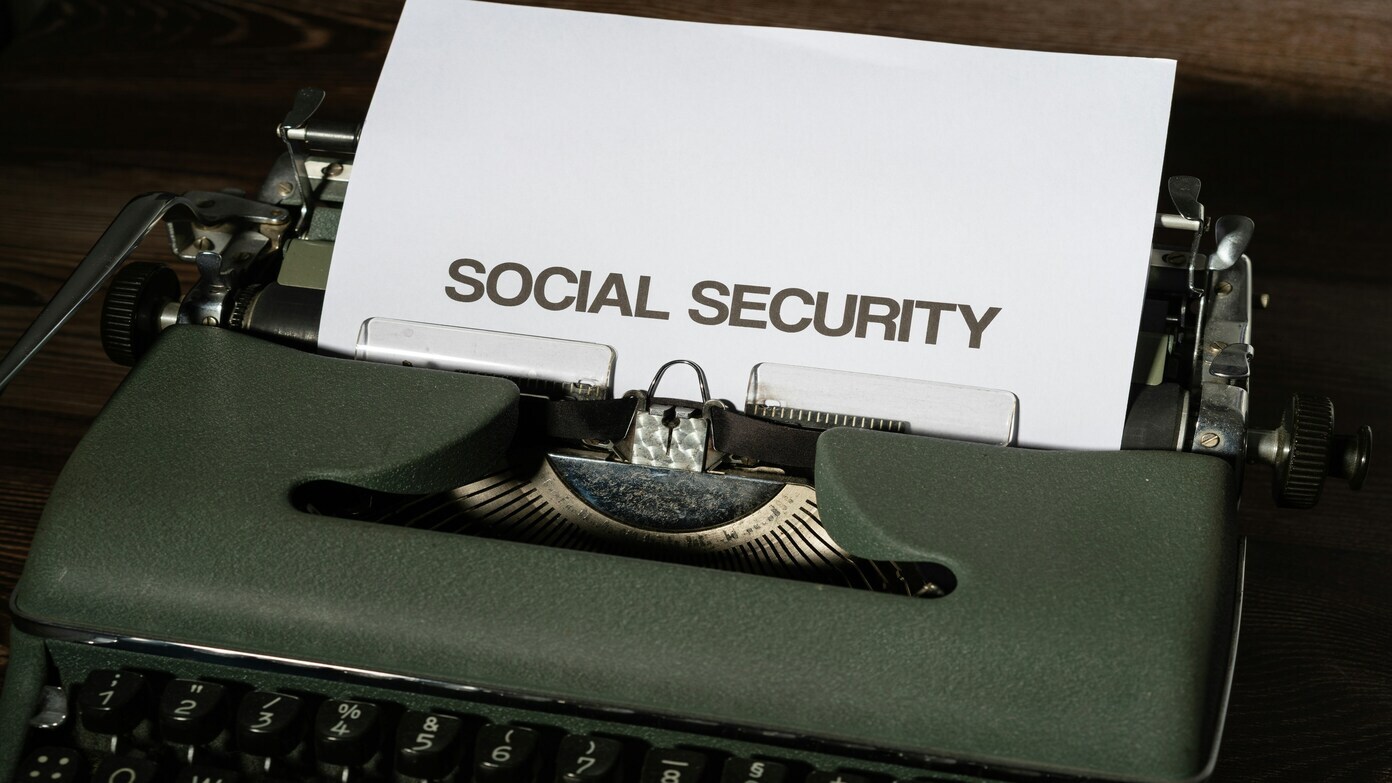A change 85 years in the making
Come back in time with me to 1940. That was when Ida Mae Fuller received the first Social Security check. Fast forward 85 years, and nearly half a million Americans are still getting their monthly benefit the old-fashioned way — by mail, as a paper check. Starting after Sept. 30, however, that long-time practice will end.
President Trump has signed an executive order requiring all payments from the Treasury Department, including Social Security, to be made electronically. The main reason? Paper checks cost the government more than $657 million a year to print, sort, and send by mail.
However, before this window of opportunity finally closes, the nearly 494,000 recipients who are yet to switch to electronic payments will get one final batch of mailed checks this September.
Read this later: How to sign up to receive Social Security payments on a Direct Express Card or via Direct Deposit? What to do to cash your…
Who still receives paper checks?
You may be asking yourself — Who are these individuals still receiving checks in the mail when nearly everybody else has made the transition to direct deposit?
The Social Security Administration says that a great many of them are:
- Individuals over the age of 80 or 90 who have no desire to use the internet.
- Rural area residents have no quality internet service.
- Individuals who have intellectual or physical disabilities.
- Individuals who lack a bank account.
It was all put nicely by economist Teresa Ghilarducci: “A good many of the oldest old are not linked up or internet-savvy. To them, this shift could bring fear about how they will pay bills.”
Why pay digitally?
The government has been moving toward electronic payments for decades. In fact, in 2010, the Treasury Department put in place a rule phasing out checks over time.
Now the Social Security Administration insists it’s time to go all-out for modernization. Commissioner Frank Bisignano explained, “My number one priority is to make the Social Security Administration a model of excellence. Americans have waited long enough for improved service, and we can no longer wait.”
Electronic payments like direct deposit are faster, safer, and less expensive to process than mailing paper checks. But the transition isn’t without issues.
The people hitting hardest
The truth is, this shift will impact the most vulnerable segments the hardest.
Approximately 5.6 million U.S. households are “unbanked”, with no checking or savings account, according to the FDIC. Some of these households are low-income, low-education, or single-parent households. Certain racial and ethnic groups — Black, Hispanic, and Native American households — have a higher likelihood of being unbanked.
And then there’s the issue of technology. Even for seniors who have an account, a paltry 19.3% of households over 65 years of age use mobile banking as their preferred way of managing money. For seniors who have difficulty with technology, memory, or disability, electronic payments are overwhelming.
As cautioned by analyst Mary Johnson: “Online banking can be a barrier to the cognitively disabled, the blind, or those who can’t afford smartphones and internet fees.”
Read this later: How to sign up for Social Security electronic payments before September 30? Here are two ways to start receiving your checks digitally instead of…
How to switch
So, what do you do next if you or someone you know is still receiving a paper check?
The Social Security Administration urges beneficiaries to:
- Establish or change their online account to add direct deposit information.
- Call the agency at 800-772-1213 for help.
- Or make an appointment at a local Social Security office.
For those who don’t have a bank account, there’s a second option: the Direct Express debit card. With this program, payments are loaded onto a prepaid card each month. You can use it to purchase items and services, pay bills, or receive cash back, just as you would with any other debit card.
And in rare cases, the Treasury Department may grant an exception, but you’ll need to call 855-290-1545 to request it.
A symbol of bigger change
For many, this shift is about more than just money — it’s about independence, dignity, and adapting to a changing world.
Nancy Altman, director of the advocacy group Social Security Works, summarized: “The people this will affect — probably the oldest old, the homeless, and those with disabilities — this will make their lives less easy and harder for them. It’s a demonstration of people in power having less and less sympathy for people who may be having a bad time.”
While electronic payments may be more efficient, they leave behind a powerful reminder: sometimes modernization doesn’t feel like progress for everyone.
Read this later: Neither California nor Florida – This is the map showing the states where retirees can live on Social Security alone
The bottom line
If you’re one of the nearly 494,000 Americans who still get a Social Security paper check, know this: your September payment will arrive in the mail. After that, you’ll need to switch to electronic payments.
The good news? No benefits are going away. Your money is still your money, and it will still be coming your way each month. What’s changing is just how it reaches you.
It will take some adjustment, but there are tools to ease the transition a bit. And while paper checks are making way for the past, the Social Security promise — money in retirement — is better than ever.

